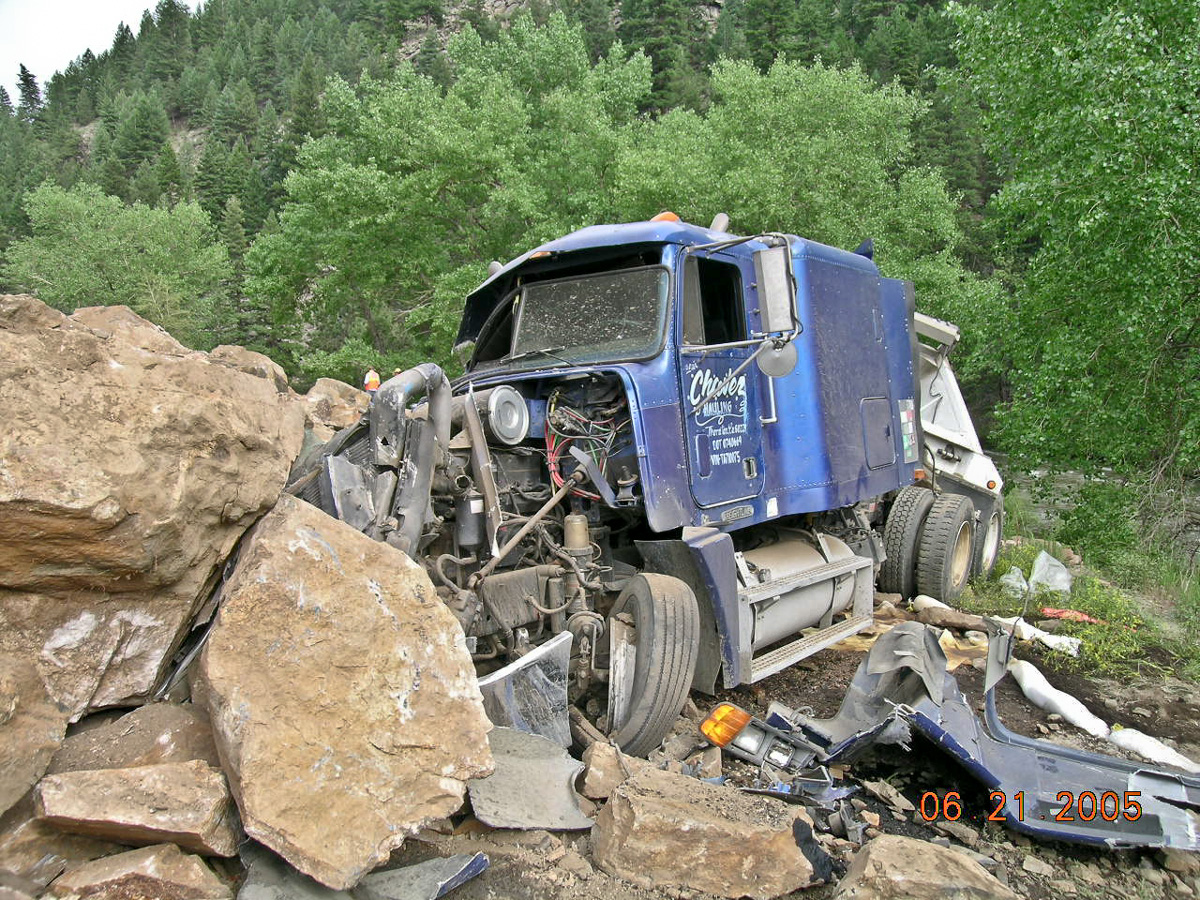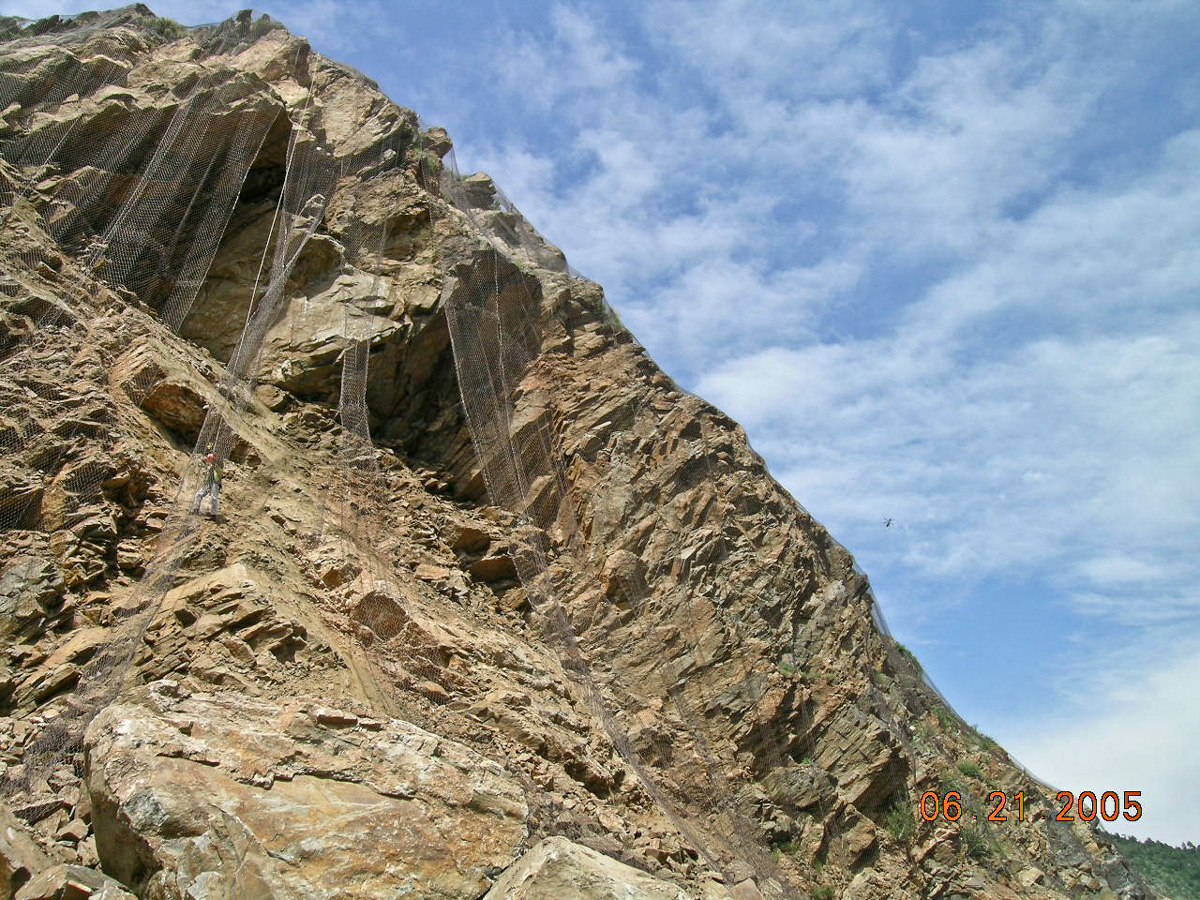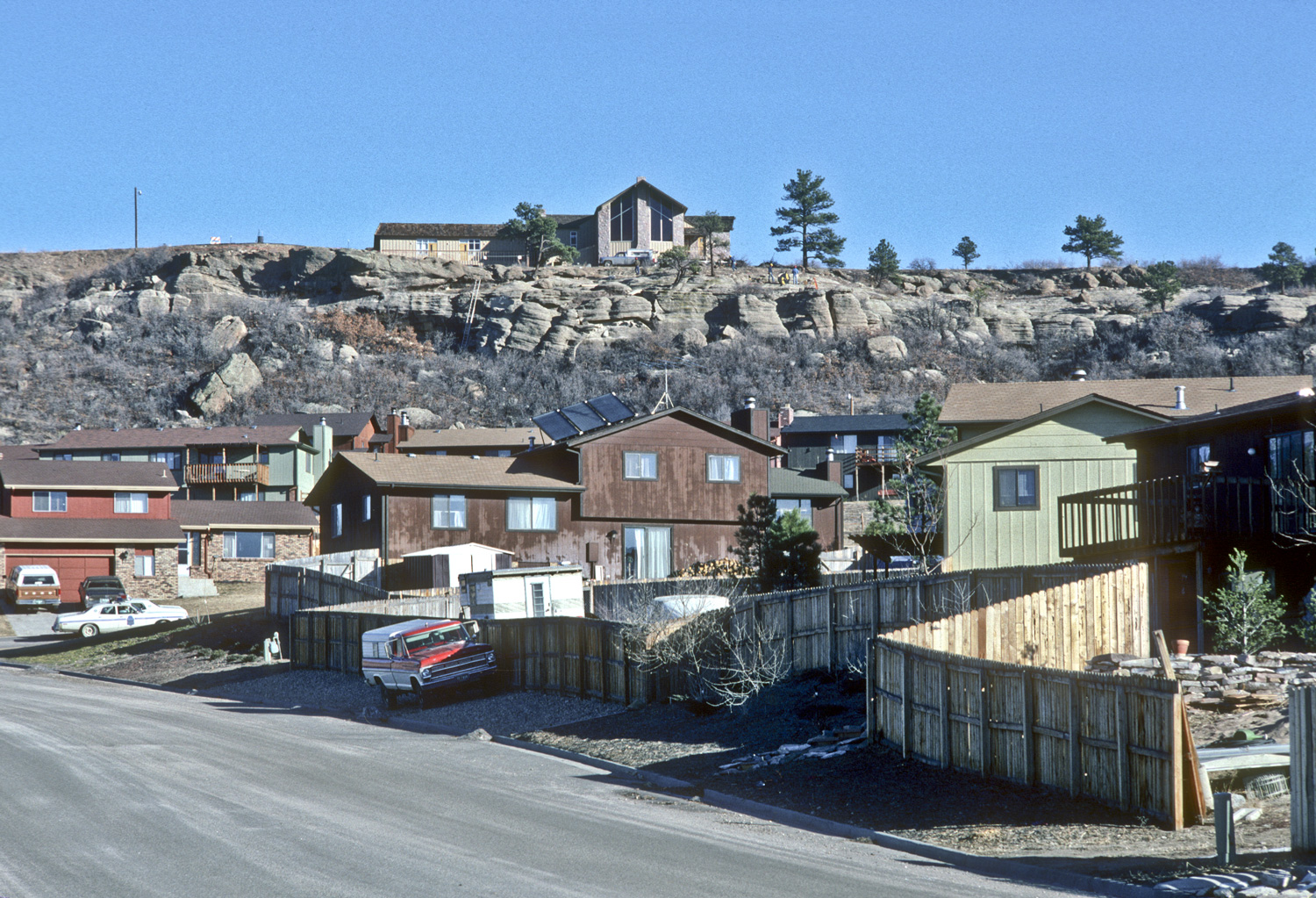Major magnitude 5.3 earthquake shock in Denver
On 9 August 1967, Denver experienced an earthquake that caught the city’s residents by surprise. The tremor, which registered 5.3 on the Richter scale, was particularly notable as it occurred in a region not typically associated with significant seismic activity. What made this earthquake even more remarkable was its eventual connection to human activity—specifically, the disposal of wastewater at the Rocky Mountain Arsenal, a chemical weapons manufacturing facility northeast of the city. This event would later become a classic case study in induced seismicity, where human actions trigger earthquakes, and it helped establish important precedents for understanding the relationship between fluid injection into the ground and subsequent seismic events.
One of the strongest and most economically damaging earthquakes to affect the Denver area in the 1960s occurred on August 9, 1967 around 6:30 AM, awakening and frightening thousands of people. This magnitude 5.3 earthquake, centered near Commerce City, caused more than eight million dollars (2022 dollars) in damage in Denver and the northern suburbs.
Felt reports and intensity ratings were described by von Hake and Cloud (1984). Intensity VII damage was reported in Northglenn, where plate glass windows broke, many walls, ceilings, foundations, and concrete floors cracked, and several businesses sustained damage due to fallen merchandise. One liquor store had estimated damage at USD $90,000 to $175,000 (2022 dollars).
Intensity VI damage was reported in 28 locations, many of which suffered considerable cracked plaster and mortar, broken windows, damaged foundations and chimneys, and damage to household goods. The earthquake was felt as far as Sterling to the northeast and Pueblo, Colorado to the south, as well as north to Laramie, Wyoming.
Based on the isoseismal map, the estimated felt area was about 20,000 mi2 (50,000 km2). Von Hake and Cloud (1984) proposed a size of 15,000 mi2 (39,000 km2), while Hadsell (1968) indicated it was felt over 45,000 mi2 (117,000 km2). Docekal (1970) reported a felt area of 20,000 mi2 (52,000 km2). A magnitude of Mb 5.3 was reported for this earthquake by von Hake and Cloud (1969). Nuttli and others (1979) calculated an Mb of 4.9 and ms of 4.4. Herrmann and others (1981) suggested a focal depth of 1.9 mi (3 km) for this event. The overall felt area is prominently elongated in directions parallel and perpendicular to the (north-south oriented Front Range) mountain front. The intensity V and VI contours are also oriented in an elongate pattern perpendicular to the mountain front.

This substantial earthquake, the largest of a long series, is believed to have been triggered by the deep injection of chemically-charged wastewater into a borehole drilled to a depth of 12,045 ft (3671 m) at the Rocky Mountain Arsenal in 1961. It was followed by an earthquake of magnitude 5.2 on November 27, 1967. In total, between 1962 and 1967 the U.S. Geological Survey (USGS) recorded over 1,500 earthquakes in the area. The Arsenal was a large chemical weapons-manufacturing facility run by the U.S. Army in Commerce City. Wastewater injection at the site stopped in 1966 and the entire facility closed in 1992. Much of the area is now a national wildlife refuge.
Citations NOTE: The ON-002 Earthquake Reference Collection which includes most of the following references, and 700 more—is available to researchers—see instructions on that page to access the collection.


















